Linda LombardiFor some animal behavior issues, the need for a medical workup is clear. While a cat who stops using the litter box certainly may be under stress or have social problems in the household, the first step is to rule out bladder or kidney issues.
But there are also medical issues where a potential connection to a behavior problem may be less obvious. One that can be tricky to diagnose and that affects behavior in a wide range of ways is pain.
A recent article published in the journal Animals reviewed records of 100 dogs seen by the 13 coauthors and found that conservatively, a third of them involved some form of pain, and in some cases possibly up to 80 percent.
Coauthor and board-certified veterinary behaviorist Margaret E. Gruen, DVM, Ph.D., of North Carolina State University says, “We want to raise the consciousness that there are a lot of things where pain can be a contributor.” When clients come in with behavior issues, she says, “we want to be really specifically looking for discomfort, even if it’s behavior where we’re not immediately thinking, oh, that could be pain.”
It can be tricky, because pain in animals is not always obvious. “Unless you are really well versed in pain, it can be hard to pick up a painful animal in the exam room,” says Mike Petty, DVM, CVPM. “They put on a show about how well they feel. We will see dogs limp across the parking lot and then quit limping when they hit the front door.”
This means that knowing how to look for it is critical. “Primary care providers must keep an open mind that absolutely any change in their patients’ behavior that the client reports can be related in some way to pain. That means doing a good pain palpation as a part of every examination,” says Robin Downing, DVM, DACVSMR. “Only by including a pain palpation in every examination will a practitioner become proficient in identifying even subtle pain in patients.”
It’s also important to be aware of the many demonstrated connections. An increasing number of behavioral effects of pain and discomfort are being found in research. As more of these are studied, what’s “obvious” changes. “Compulsive licking in cats is a fantastic example,” says Dr. Gruen. While this was once commonly assumed to be a result of stress, after research revealed that approximately three-quarters of cats with compulsive licking actually had an underlying dermatological issue, such cats are now more likely to be treated correctly.
A less well-known example involves compulsive behaviors such as stargazing, fly-snapping, and pica. Research has shown that these can result from gastrointestinal problems in dogs.
And while inappropriate elimination as possible evidence of pain is well known in cats, it’s perhaps less frequently considered that pain can also be connected to housesoiling in dogs. “Oftentimes it’s too much effort for the dog to go and find their owner, or they dread going down the three steps into the backyard,” says Dr. Petty. “So they will sometimes go to the door and urinate or defecate there, or sometimes won’t even go to the door and just do it wherever they are.”
Problems of Aging
It’s often not easy to tell the difference between pain and cognitive decline, both of which can happen as pets age — and the two can interact as well.
“If a dog is acting weird, it might not be simple cognitive decline; it might be cognitive decline driven by pain,” says Petty. “Sometimes animals are in so much pain they can’t even think straight, so they’re much more likely to have behavioral issues.”
A sign such as apparent disorientation could be due to physical issues: a dog who seems to be stuck standing on a rug might be reluctant to cross a slippery floor because walking on it hurts. An apparent decrease in sociability could also be due to undiagnosed pain: “If you’re getting up and moving around the house, they’re less likely to follow you from room to room,” says Petty. “I always say to these clients, let’s make sure there isn’t a pain issue that pushing your dog over the edge, while we look at this cognitive issue.”
Petty thinks that teasing apart these potential causes is especially important because they often push people toward the decision to euthanize, since the dog doesn’t seem to be enjoying life and the pet-owner bond can be affected. Treating pain can help, as well as encouraging owners to modify their expectations for an aging pet. It may not be that the dog doesn’t enjoy his favorite activities anymore so much as they need to be modified: say, rolling the ball a short way instead of throwing it across the yard. He tells clients, “Think of what the dog used to like to do and tone it down.”
Looking for Changes
Because pain isn’t always obvious on examination, listening to the owner’s observations is crucial — but these may also need to be guided.
“When I speak with my clients about the possibility of pain in their pets, I alert them that any changes in behavior must lead us to at least consider pain as the culprit,” says Dr. Downing. “So, this means changes in eating and drinking, changes in getting onto furniture/beds, reluctance to ascend or descend stairs, decreased grooming (cats), restlessness at night (or the converse – – sleeping excessively), decreased interaction with human or animal family members, “grouchiness,” any changes in housetraining or litter pan use, objections to petting/brushing, decreased stamina on walks, or any other changes they may witness.”
But even for owners, these changes can also creep up so slowly that they almost don’t notice them. “It’s very common with chronic pain issues that once they’re treated, the owner says, ‘I just realized it’s been two years since he jumped on a couch,” Petty says. He strongly recommends using a questionnaire such as the Canine Brief Pain Inventory starting when pets are six or seven years old. “If you give this to every dog owner that walks in for their annual exam and have them answer these questions, you’ll be amazed at the red flags that come up.”
Lack of change where it can reasonably be expected can also be a hint, where behavior modification isn’t working. “If we have a patient who is working with someone, and they’re doing lots of appropriate things and not making progress, that’s when you want to think, let’s look even closer,” says Gruen. “Are we seeing anything that could be pain?”
Treating Both
Finally, it’s also important to remember that even when an underlying medical issue is identified, both medical and behavioral treatment may be needed.
“We need to know what the medical conditions are but that doesn’t necessarily mean treating that will solve the behavior problem,” says Gruen. “A good example is noise phobia.” In a dog who has some pain along with some fear of fireworks, for example, tensing up at the frightening noise may also cause physical discomfort. “That gets associated with the noise, so worsens the behavior problem.”
Similarly, when cats have urinary tract issues or pain that causes them to start avoiding the litter box, simply solving the medical problem may not be enough. “You can treat the infection, but the aversion is set up and persists,” she says.
Likewise, simply treating the behavior isn’t going to work if an underlying medical issue has been missed. “Making changes in those other pillars of the treatment plan is important and will be helpful, but it’s an uphill battle if you have an untreated medical concern,” says Gruen. “Particularly if it’s pain and discomfort, because that affect so many things.”
This article was reviewed/edited by board-certified veterinary behaviorist Dr. Kenneth Martin and/or veterinary technician specialist in behavior Debbie Martin, LVT.
Linda Lombardi writes about the animals that share our planet and our homes for magazines including The Bark, websites including National Geographic and Mongabay.com, and for the Associated Press. Her most recent book, co-authored with Deirdre Franklin, is The Pit Bull Life: A Dog Lover’s Companion.
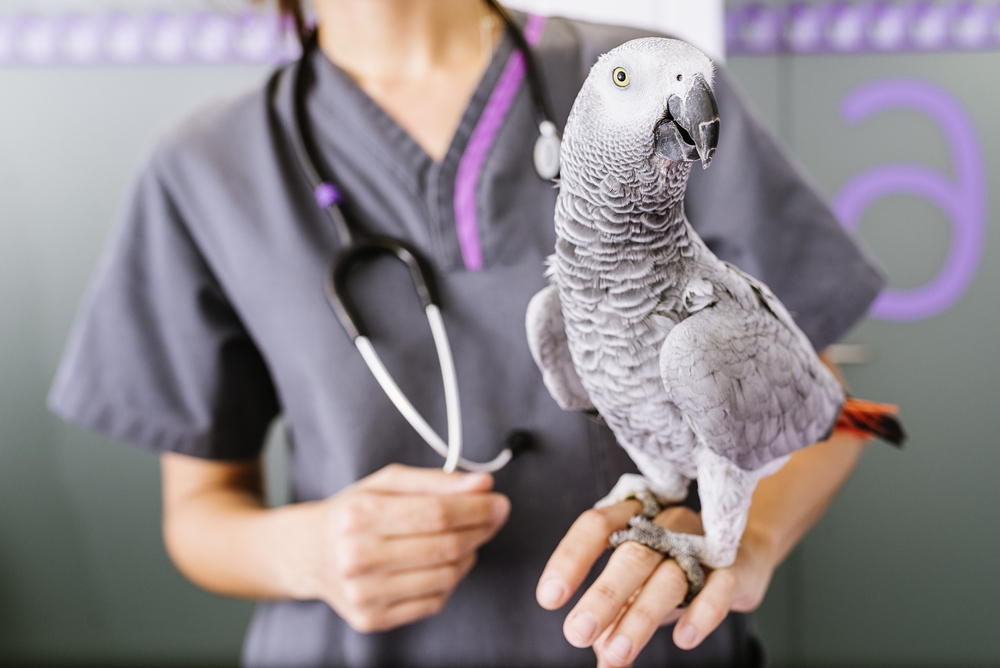
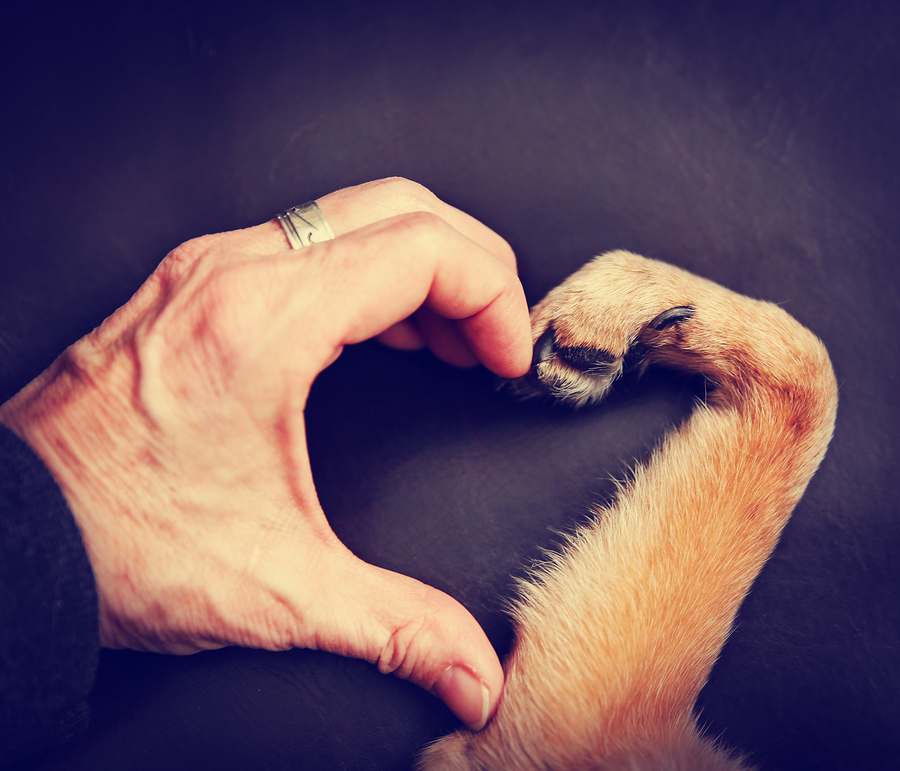

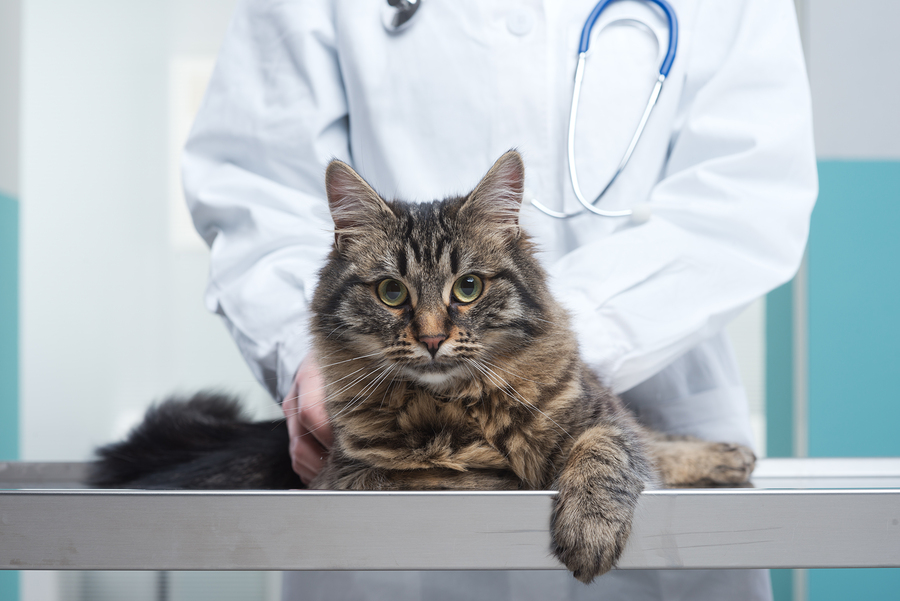

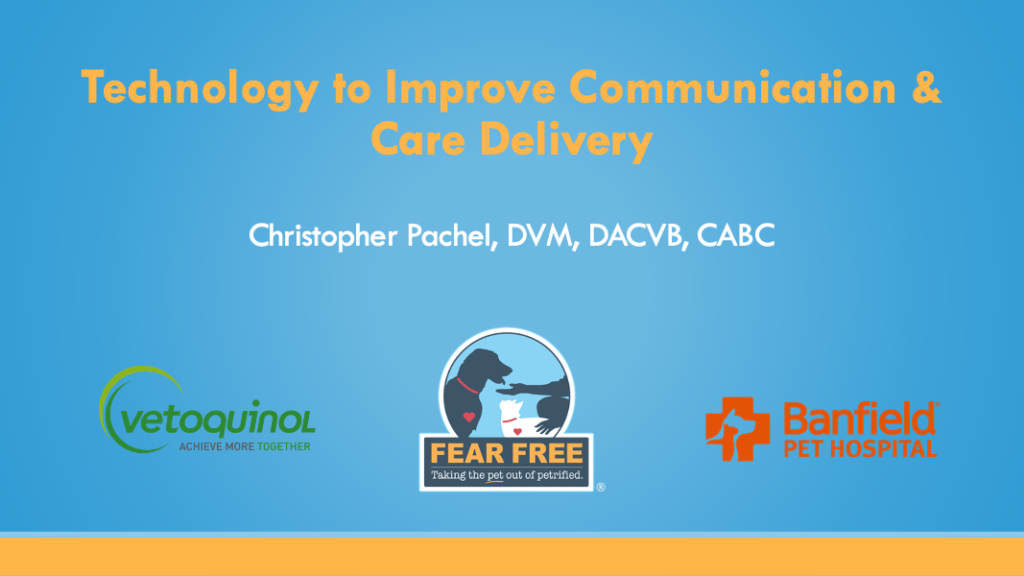
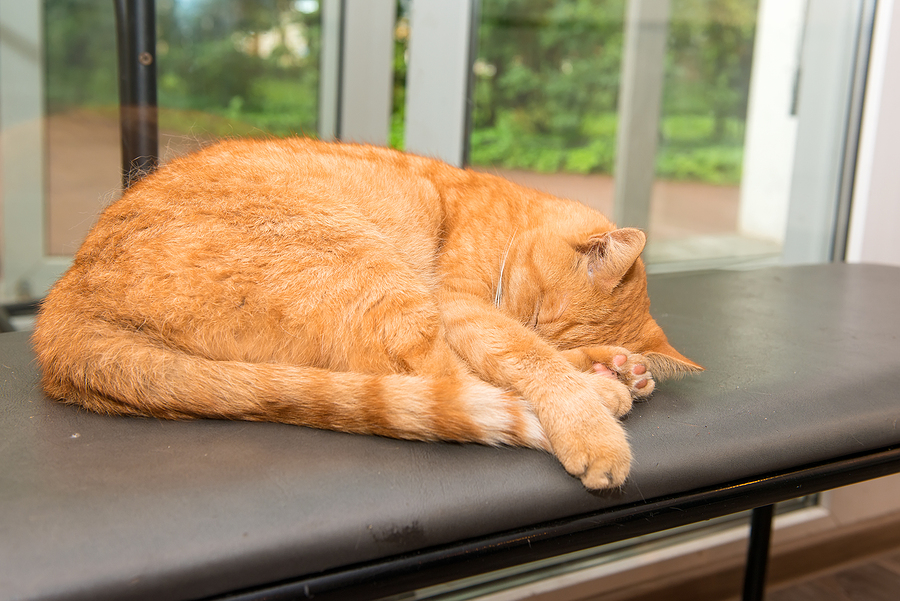
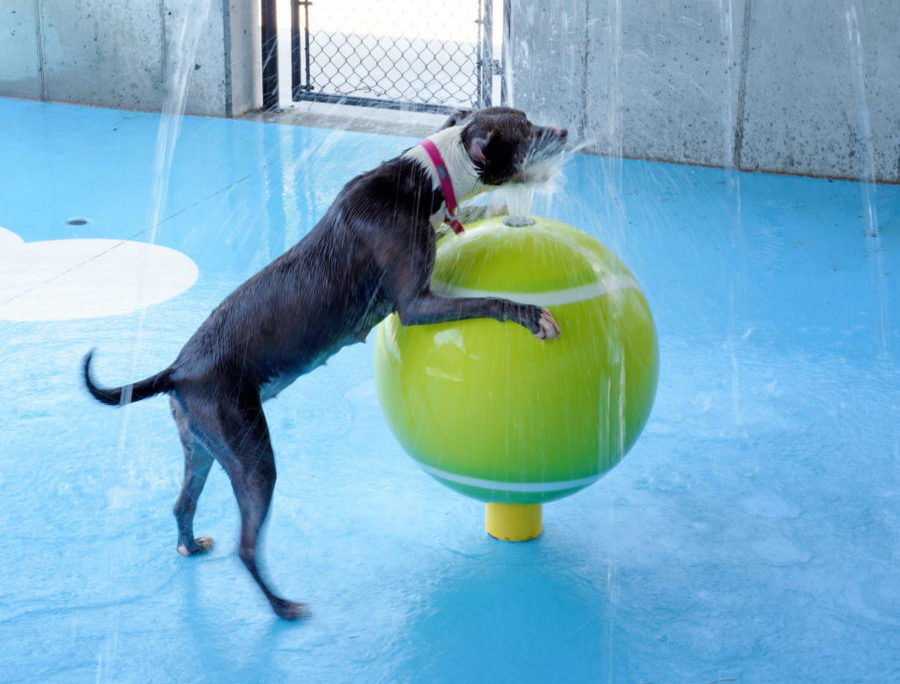
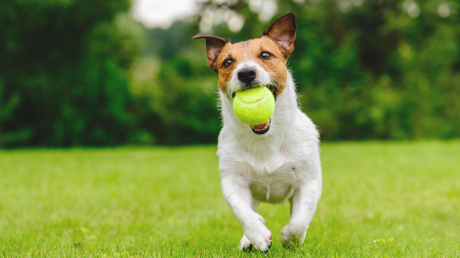
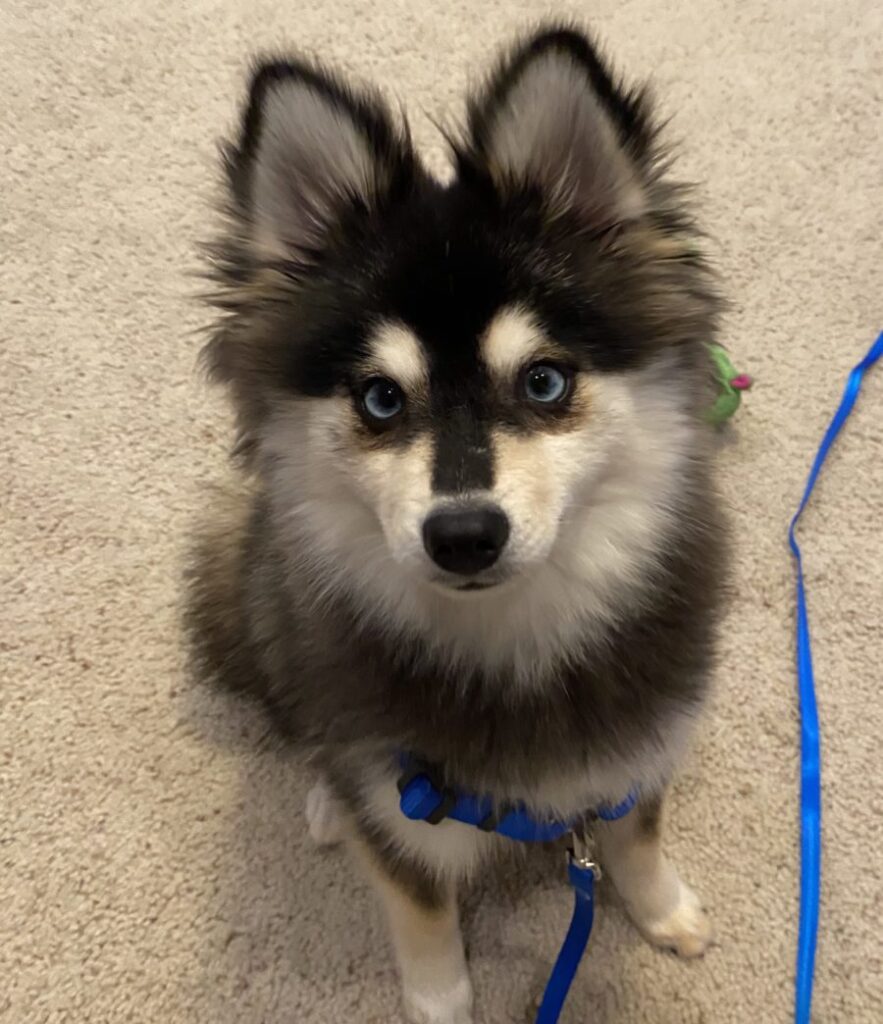
 Oakley was generally fearful, so I set up boxes for nosework, a Snuffle Mat, a Wobbler, and a Spin-it. Oakley engaged with these items enthusiastically, demonstrating no fear. We did a few behaviors on the consent mat (sit, watch me, touch, and down), allowing Oakley to disengage and go to the boxes or Snuffle Mat if he needed to de-stress and return to the consent mat when he was ready to re-engage. I instructed the owner to practice all of the above between our sessions.
Oakley was generally fearful, so I set up boxes for nosework, a Snuffle Mat, a Wobbler, and a Spin-it. Oakley engaged with these items enthusiastically, demonstrating no fear. We did a few behaviors on the consent mat (sit, watch me, touch, and down), allowing Oakley to disengage and go to the boxes or Snuffle Mat if he needed to de-stress and return to the consent mat when he was ready to re-engage. I instructed the owner to practice all of the above between our sessions.